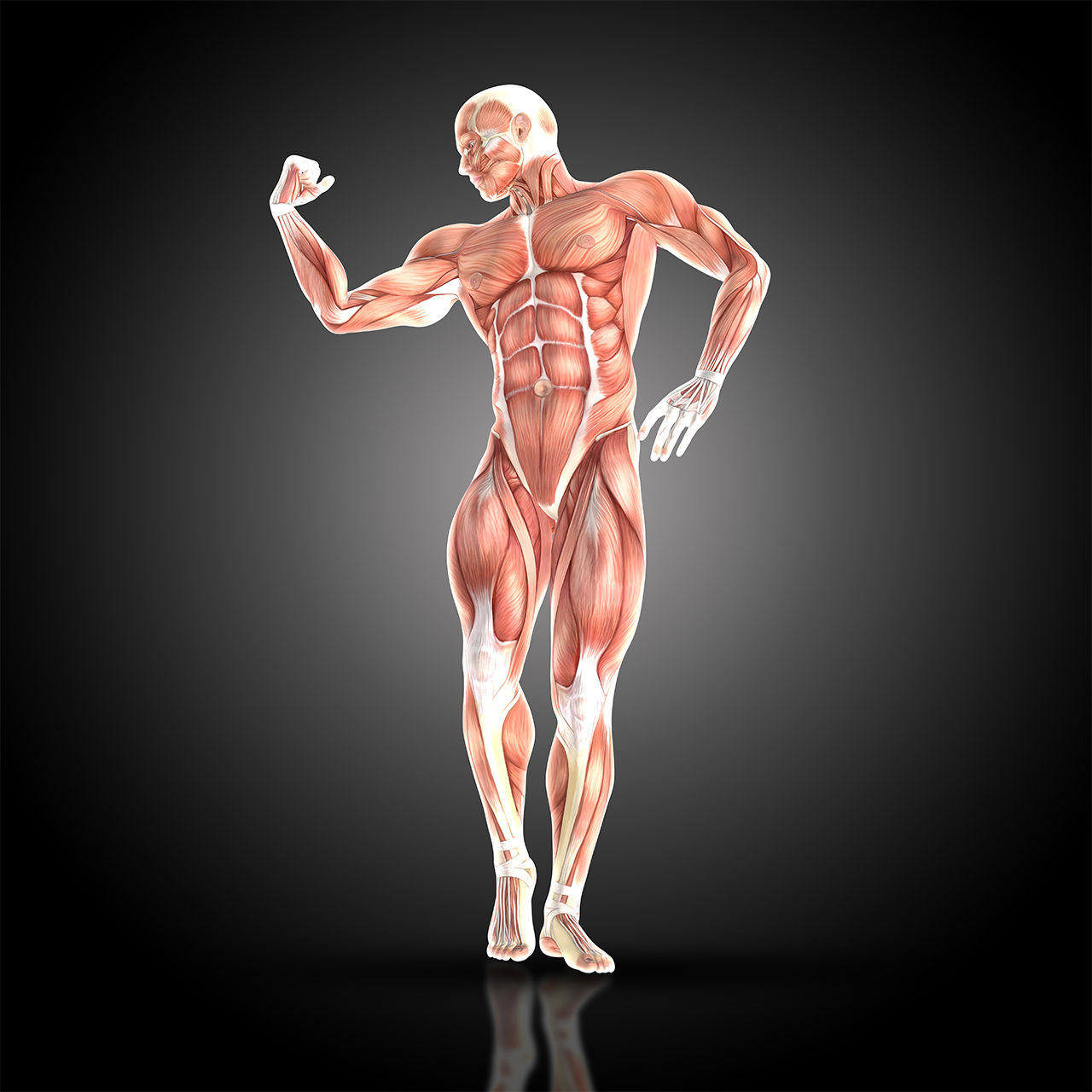How and why does the body build muscle mass and what is the science behind it?
The process of increase in the size of our muscle fibers is called “hypertrophy”.
We are going to dig down deep into the physiology of the process called hypertrophy and afterwards give a definition to each type of hypertrophy.
Principles of Muscle Hypertrophy (Muscle growth)
There is plenty of variety, when it comes to the methods and principles pointed towards muscle growth, which you can find in books, muscle magazines or simply online.
Some of those methods are accepted for the separate sport disciplines, and sometimes for certain athletes, therefore they might carry a strongly specialized, individual character. These differences cover almost all training indicators- Type of training, number of workouts, exercises used, number of sets etc.
Is Blood-Filling the Main Factor for Muscle Growth?
There is one very controversial indicator- Number of repetitions in a given set. As we mentioned above, in the previous articles, that is- 5-10 repetitions at 70-85% of 1RM. (One Repetition Maximum)
Many authors of muscle magazines and books consider this rep range, at this intensity, to have the most optimal blood-filling effect for the muscle.
However, practice shows that using 50-60% of 1RM for a higher amount of reps until failure (About 20-30 reps), gives a better blood-filling to the muscle, but the muscle hypertrophy in the long term is insignificant.
Therefore, the question about blood-filling can’t explain how muscle hypertrophy actually works.
Physiology of Muscle Growth
To find the answer about muscle hypertrophy, we are going to dig into the neuro-muscular stimulation and energetic mechanisms that are responsible for the different in intensity, motor apparatus movements.
We know for a fact that the muscle units (muscle fibers) do not selectively react to the intensity of the workload. If the intensity of the workload is insignificant (30-40% of 1rm), only a part of the muscle fibers is activated with their maximum contraction potential.
As intensity increases, the number of muscle fibers activated also goes up. At around 80% of 1RM we observe activation of 100% of the muscle fibers.
Further increases in intensity (81~100%) are only possible by having increased frequency of neuro signals, sent to the muscle units via the central nervous system (CNS).
This type of training, as we mentioned above, leads to a development of the nerve paths, rather than the muscle units, therefore, it is not optimal for our main goal- A harmonically looking physique.
Focusing on strength development using the maximum effort principle (95-100% intensity) is highly effective for athletes, who compete in weightlifting, power-lifting etc.
The interesting thing about this principle (1-3 seconds of stress at 95-100%) is that we don’t use all of the energetic reserves, stored in the muscle, in other words – the limiting factors are not of energetic character.
During longer (20+ seconds) workloads, the body starts releasing glycogen from the liver, that starts circulating in the system, reaching the working muscles, providing them with the energy needed for their prolonged activity.
After finishing this type of activity, the recovery processes in our body take place.
We observe a recovery and hyper-recovery of the glycogen used- our liver stores even more glycogen. In other words- storing glycogen is an adaptive reaction of our body during prolonged physical activity.
Usually, when we have short lasting, intense workloads (5-10 reps, 70-85% 1RM, 10-15 seconds) we use the energetic resources, stored in our muscles.
However, during this type of a workload, we do not observe an activation of the glycogen stored in the liver, as most of the energy needed comes from the resources in the muscle itself.
Of course, after we finish the workout, the processes of recovery of the energetic structures begin. However, we do not observe a hyper-recovery state of the energetic structures.
So, this is where we have found our so-desired answer about muscle hypertrophy-
The fact that the body is not able to hyper-recover the energetic structures in the muscles after years and months of short lasting, intense workloads (10-15 seconds of tension at 70-85% 1RM), leads us to the conclusion that the only way for the body to adapt to those workloads, is to react with a quantity increase of the muscle mass.
Using simple words – The lack of an adaptation on an energetic level, leads the body to an increase of the muscle mass.

